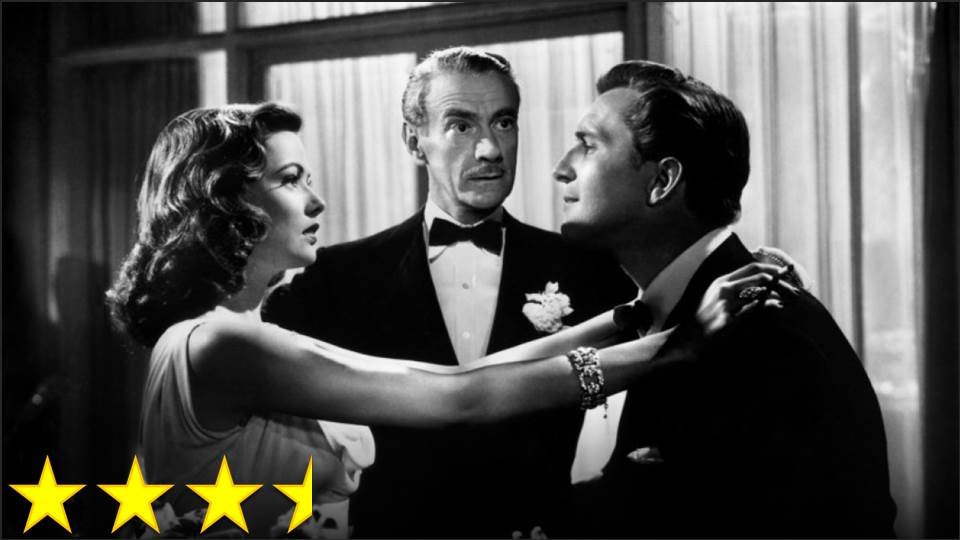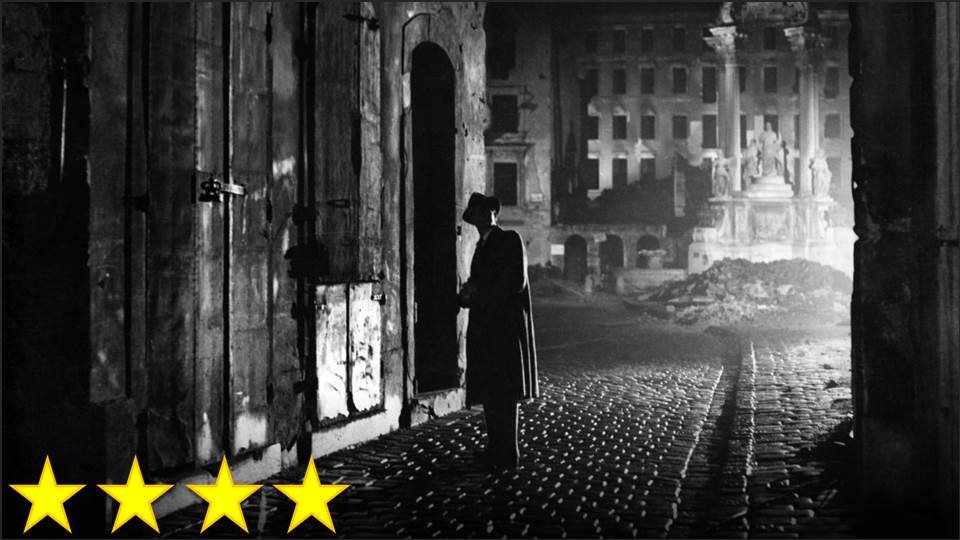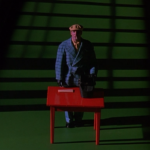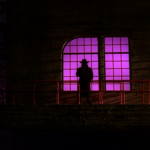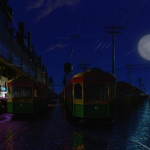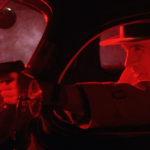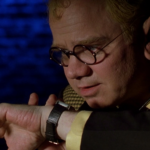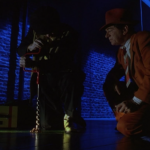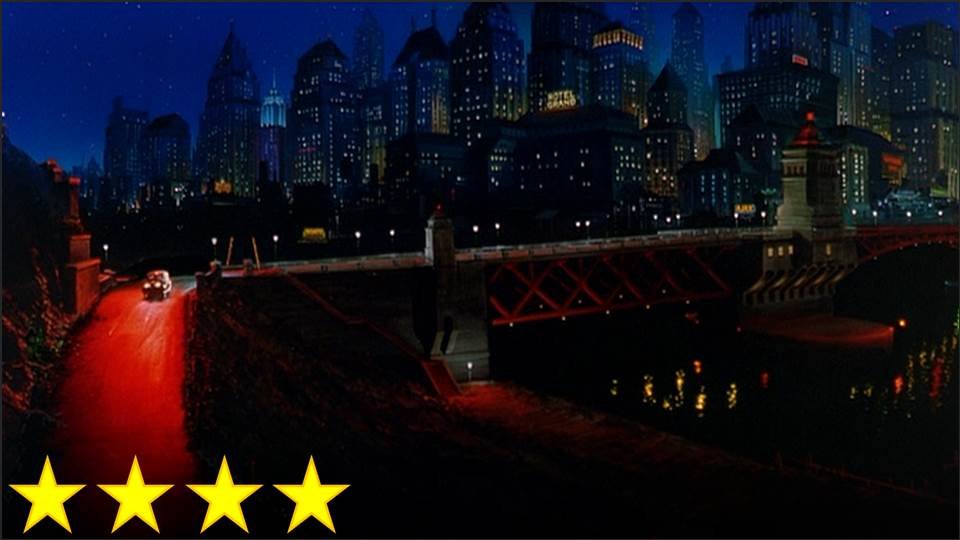When I was a kid, I remember feeling torn about old movies – and by that I mean Classical Hollywood-era movies. I liked a fair amount of the musicals and family films, but for the most part, I just found old movies to be too boring. When I tried watching Casablanca, I wasn’t just bored – I was terribly confused. I couldn’t keep track of the politics, I didn’t understand the history, and I struggled to discern what the characters were really communicating through all their ’40s slang and discreet language. It took me many years of watching many films from different time periods before I got to the point that I could easily follow the story of the average classic movie, but by now I really feel like I speak the language . . . and then there’s The Maltese Falcon.
When I watched this movie, I had to repeat certain parts of it (particularly in the early scenes) in order to make sure I was picking up on everything. That’s unusual for me. I can stay ahead of most other viewers when I watch an episode of Sherlock, but this movie is, for the first third or so, quite difficult to follow. Even once it gets going, it’s a little bit boring, and it doesn’t help that the ending can be predicted from a mile away, taking away the dramatic suspense. What makes up for all this is the characters. Not only does Maltese Falcon offer a classic Bogart performance, but it features Peter Lorre in one of his funniest roles and Sydney Greenstreet as one of the most fun (and best written) antagonists I’ve seen in film. Because none of the characters are all that likable or relatable in the sense one would expect from Hollywood, I’m not too inclined to root for anyone to “win,” which hurts this particular story, but there’s still plenty of intrigue to keep the viewer interested. It’s not entirely my kind of thing, but I can always appreciate a movie that’s simply good at being film noir, and this film is just that.


